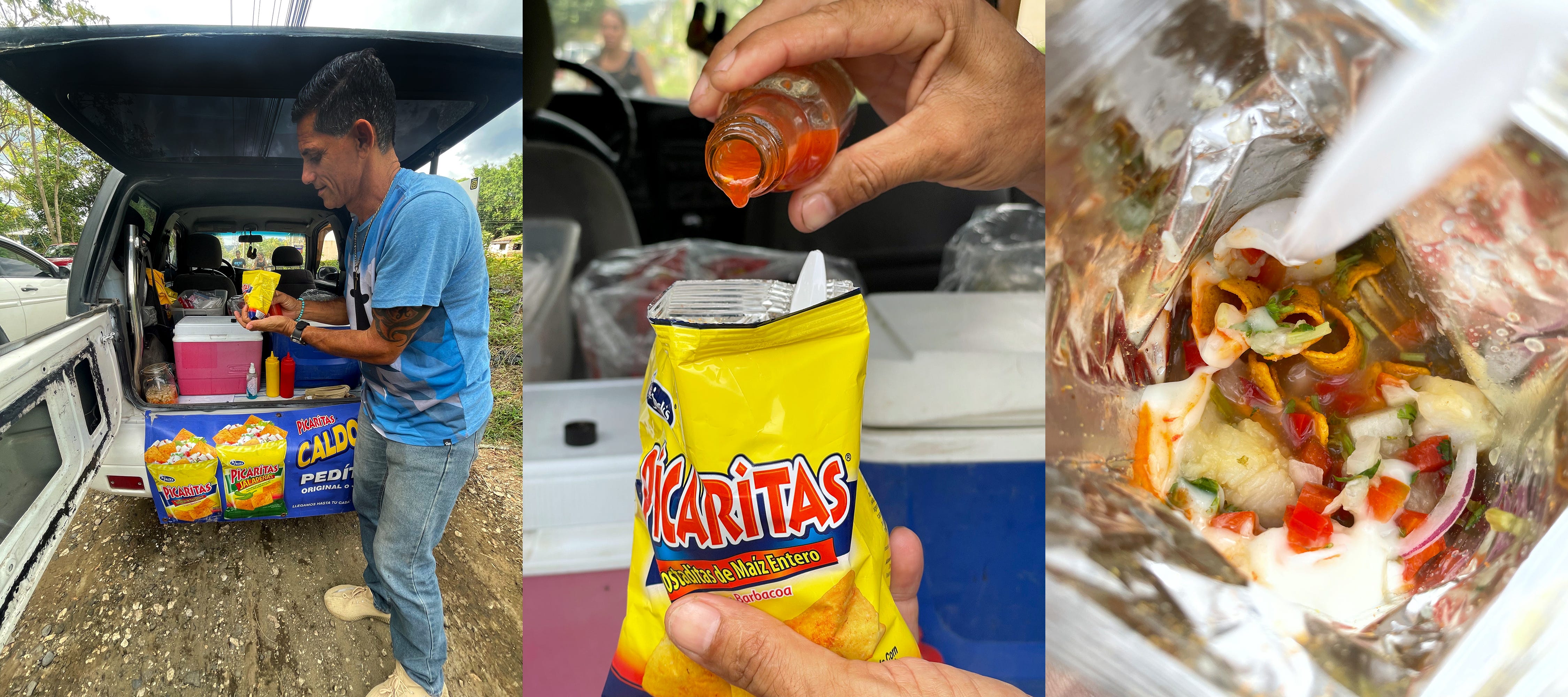The first time I had a caldosa was in Monteverde in 2018, from a little kiosk by the side of the road. Tropical farmer and chef José Gonzalez, who had the restaurant Al Mercat in San José at the time, ordered one for me. It might not have even been called a caldosa then and José just asked the guy in the bo…
Keep reading with a 7-day free trial
Subscribe to New Worlder to keep reading this post and get 7 days of free access to the full post archives.




